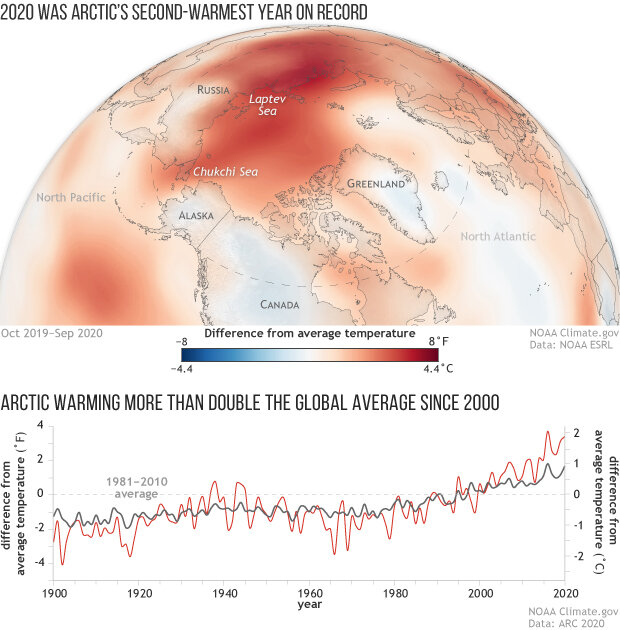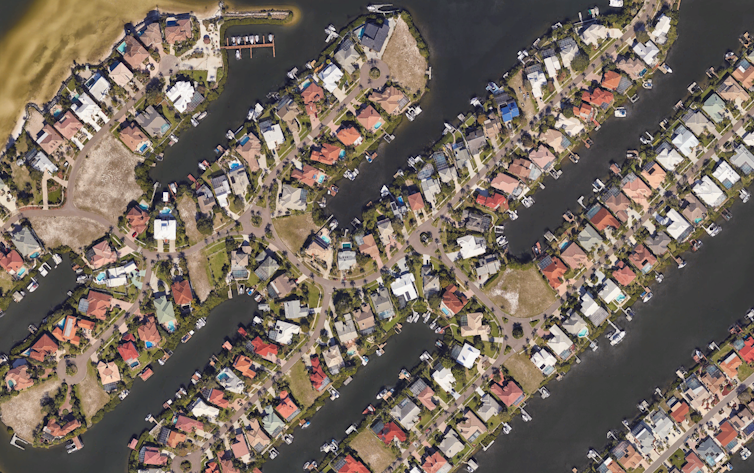FEMA has proposed a major revision of the NFIP, including increasing the subsidy for low and middle-income insureds. This poses a wicked problem – without the increased subsidy, these insured will either have to go bare or move. With the subsidy, they will be encouraged to stay and if they move, someone else can move in without bearing the cost of the risk. This will further increase the incentive to move into high-risk areas, which will likely have depressed pricing. (Except for beach and riverfront properties, which tend to sell at a premium regardless of flood risk.)
Full legislative proposal (pdf)
In the Legislative Package Reform, the letter to Congressional leaders included the following four principles to outline the Administration’s priorities for multi-year NFIP reauthorization:
- Ensuring more Americans are covered by flood insurance by making insurance more affordable to low-and-moderate income policyholders.
- Building climate resilience by transforming the communication of risk and providing Americans with tools to manage their flood risk.
- Reducing risk, losses, and disaster suffering by strengthening local floodplain management minimum standards and addressing extreme repetitive loss properties.
- Instituting a sound and transparent financial framework that allows the NFIP to balance affordability and fiscal soundness.

